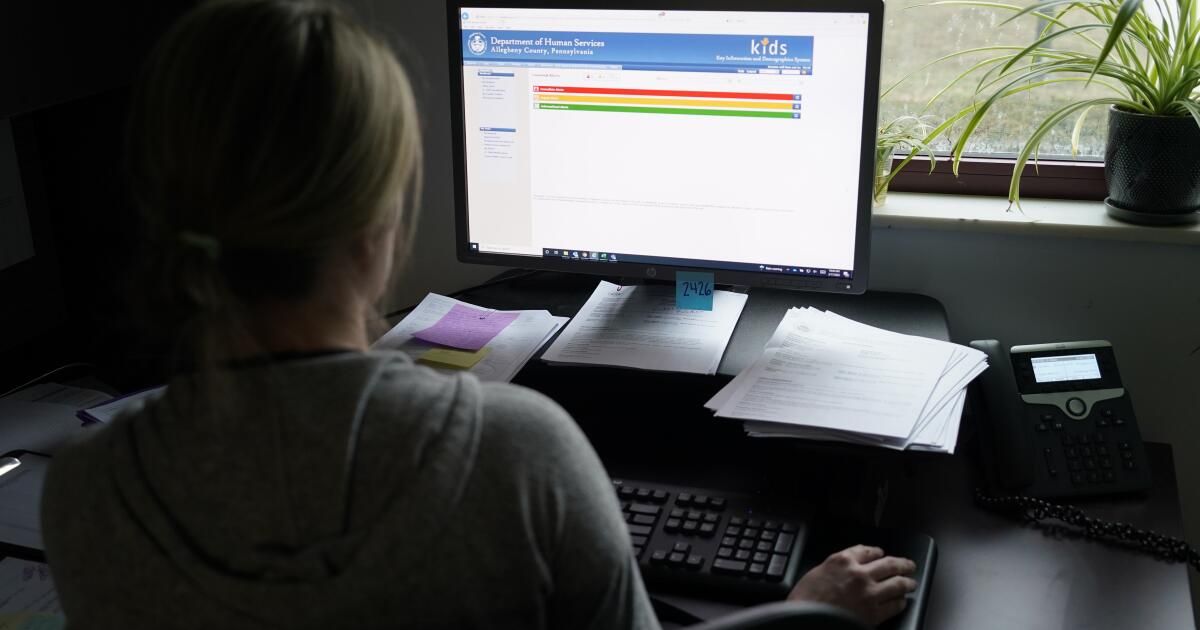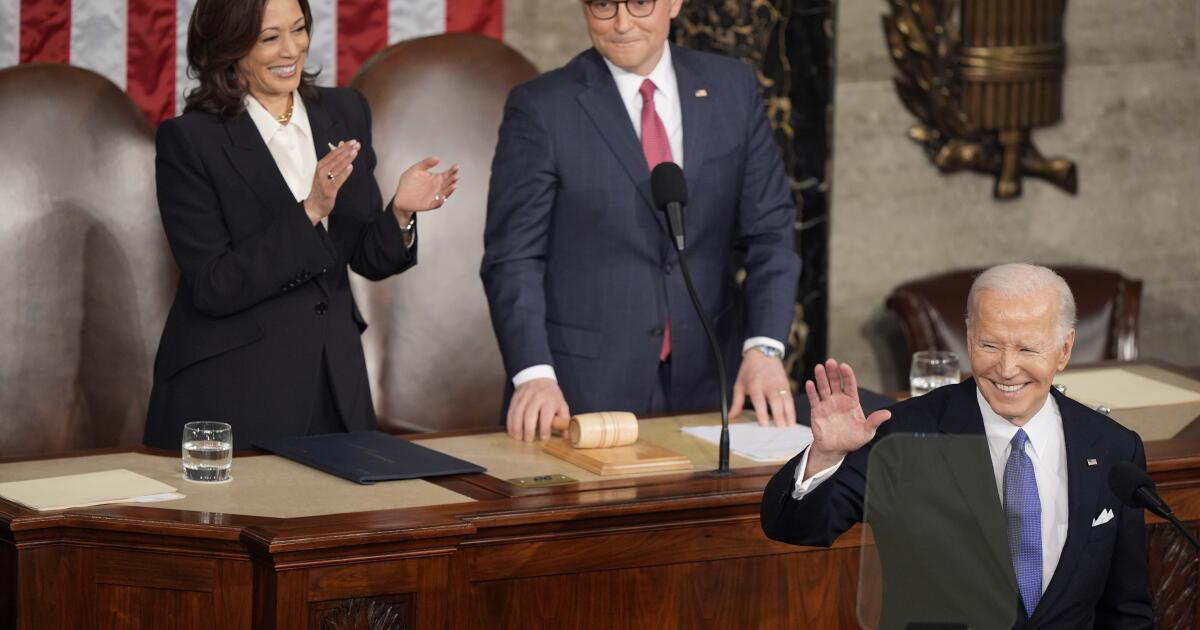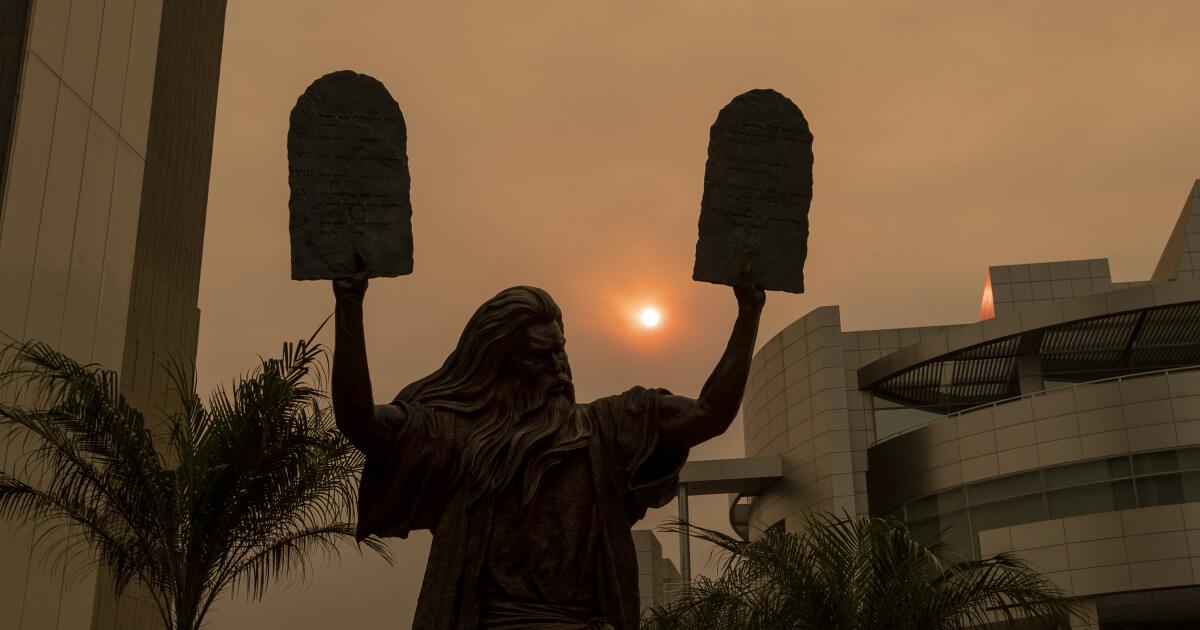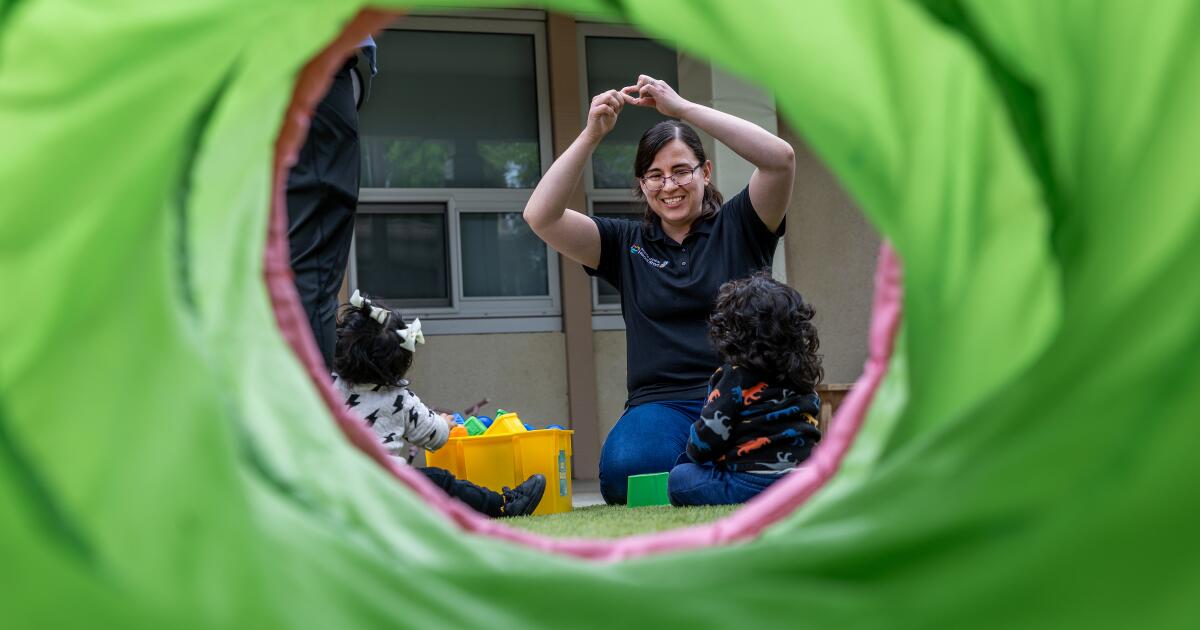How far should we go to reduce racial disparities in the child welfare system?
In 2021, the Los Angeles County Board of Supervisors voted to require the Department of Children and Family Services Test a “blind move” program. The program, which had been attempted with much fanfare in a couple of other jurisdictions, essentially required that the decision about whether to place a child in foster care be made without the decision-makers knowing the child's race. This was intended to counter a long history of black children being separated from their families at higher rates than other children. The theory of “blind removals” was that if social workers and supervisors did not know the child was black, they would be less likely to make a racially biased decision.
Unfortunately, like other efforts to reduce disparities through departmental policy changes, this one failed. As researchers reported on the pilot This spring, “racial disproportionality persisted with Black children overrepresented in move-ins at both offices and Latino children overrepresented in the West Los Angeles office in most quarters.” Other efforts have also failed. Implicit bias training, for example, has been attempted in several jurisdictions, but produced no measurable results and in some cases it appears to have made the problem worse.
Other policies across the country have simply attempted to reduce the total number of families reported and investigated by child protective services. These include training mandated reporters, such as teachers, to call CPS less frequently, as New York has done. made. And some hospitals like Mass General Brigham recently Announced that, in the interest of reducing racial disparities, doctors and nurses will stop reporting suspected incidents of abuse to child welfare officials solely because a fetus or newborn is exposed to drugs. Of course, these policies risk leaving more children at risk. Furthermore, because they do not specifically target black families, they may reduce the overall number of complaints, investigations, and deportations without actually changing the proportional disparities between different racial groups.
Certainly, racial disparities are a cause for concern, but they cannot be the only consideration. In the pursuit of statistics that look better for agencies, are we really willing to let more children suffer?
Now Minnesota is do without blunt instruments. Last month, the governor signed a law to codify different standards for the investigation, substantiation and removal processes for disparately affected populations, including Black and economically disadvantaged families. In the history of misguided responses to disparities in child well-being, this is a new and troubling low point.
First, the law requires judges to apply a higher standard of evidence to determine whether abuse of children in these specific groups has been “substantiated.” Second, agencies will have to make “active efforts” rather than “reasonable efforts” to keep children with their families. And finally, social workers will have to take into account “social and cultural values at all times” when making such decisions. That could mean, for example, that cultural norms against corporal punishment might not apply to children of all races or that agencies are required to place children in foster care with families of the same race.
The law, which in previous versions included only African Americans, had been stalled in the state Legislature for years, in part because of questions about its constitutionality. Serious questions remain about whether the law will hold up in court, because it still specifically refers to African Americans as a group that should be treated differently.
The only racial or ethnic group currently subject to different treatment are Indian children under the Indian Child Welfare Act, which (similar to the Minnesota law) requires different measures to determine whether maltreatment may be tested, different efforts for reunification, and different standards for foster care placement or adoption. That law has withstood multiple Supreme Court challenges because tribes have been classified as political, not racial, entities. In any case, the decision of the Supreme Court affirmative action decisions last year should solidify the idea that treating people differently based on their race will not pass constitutional muster. But that's only part of the problem with this new strategy.
The real problem – and the real reason no effort to reduce racial disparities has been successful – is that disparities in child maltreatment simply exist. Child protective services are filling a need in the same way ambulances do. They respond to calls for help.
Nationally, Black children are three times more likely to die from child abuse than their white peers. In Minnesota, Black children make up about 11% of the child population, but account for 26% of deaths caused by abuse or neglect.. And yet, cases involving black children represent only 17% of families involved in Minnesota's child welfare system. In light of the increased number of deaths, abuse and neglect of Black children may no longer be underreported or investigated enough, even before we attempt to reduce disparities.
There are ways to check whether it is systemic bias that is causing racial disparities or something else. Factors such as poverty and child mortality are measured outside of the child protection system and indicate that a child may be at greater risk of harm. The racial disparities on these measures are actually larger than the racial disparities in the child welfare system, another indication that the system has already gone wrong by leaving too many black children in dangerous situations. Like a recent one paper in the journal Child Maltreatment noted, “The available data provide no evidence that black children were overinformed regarding the observed risks and harms reflected in non-CPS data.”
Before dismissing constitutional principles of equal protection for members of all races, we should take a closer look at the facts on the ground. Efforts to reduce expulsions of black children appear doomed to be disproportionately deadly… for black children.
Naomi Riley is a senior fellow at the American Enterprise Institute and author of “No Way to Treat a Child: How the Foster Care System, Family Courts, and Racial Activists Are Wrecking Young Lives.”












